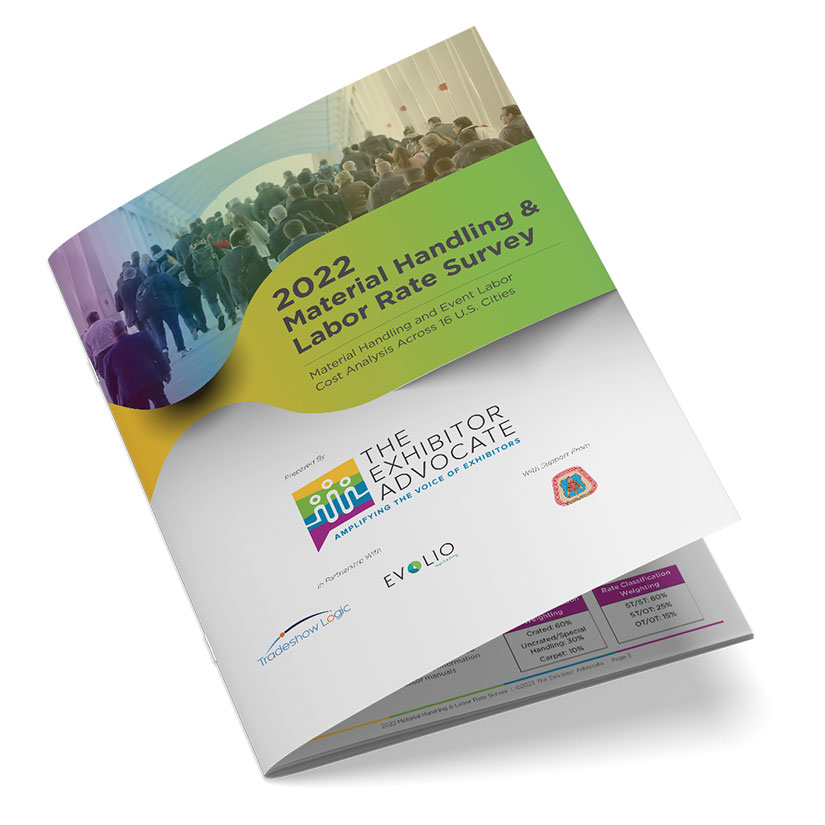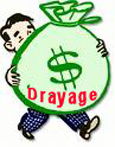By Jessica Sibila, Executive Director, The Exhibitor Advocate

The Exhibitor Advocate recently published a 2022 Material Handling and Labor Rate Survey. The survey is an important benchmarking tool that provides industry stakeholders with cost comparisons of average labor and material handling rates across 16 major US cities. The survey was previously conducted by Trade Show Week and then EDPA through 2017. The key data findings in the survey show that exhibitor costs continue to rise. Installation and dismantle labor, electrical labor and material handling are outpacing inflation some by more than 30%.
To most of the industry, this isn’t surprising. We’ve been feeling these increases for a while. It just happens to be that now we have the data to confirm our suspicions. Every year, exhibitors have seen prices go up, and we get more and more creative on how to manage our costs. We work with our exhibit partners to try to figure out how to stretch every dollar. We compromise on our booth size, the products we choose to bring, and the way we promote or showcase our brand. I’ve sometimes heard stakeholders say, if exhibitors don’t want to pay the increasing fees, they should walk away from the show. But it’s not that easy. Trade shows are important to our business. There are interactions that happen here that are unparalleled. We support our associations, and we want to be part of the community that naturally occurs at these events.
Download the Survey (FREE)
There is more and more scrutiny on these events and the budgets that go along with them. Are we getting a ROI? Can we return from the show and explain the value of being there even if it was the intangibles that made it successful? Rising costs are an important part of the equation, not the whole equation. We must focus on the overall value. As costs go up, so too must value. Lately, we’ve seen rising costs outpace inflation and value. It’s why The Exhibitor Advocate exists. We started this non-profit trade association to amplify the voice of exhibitors. We’re not here to tell any stakeholder what they should charge. We are here to share pain points and data in an attempt to improve this important marketing channel. Labor and material handling rates are one of those areas. As an industry, we must look at these challenges and work together to find solutions to the value equation.
Having information available to the industry, like the Material Handling and Labor Rate Survey, is just the first step. As we all know, data is power. With this information, exhibitors can more accurately budget for upcoming shows and plan their participation accordingly. Show Managers can evaluate and compare their exhibitor rates to city averages. Facilities can utilize competitive exhibitor rates to attract shows to their destination. And so much more! Having the data is one step. Taking action is the next. This only works when we come together to address these issues and balance the value equation. Share this data with your network and support exhibitors in speaking up on what they need to be successful. If the exhibitor is successful, so too is the industry.
Download your copy of the 2022 Material Handling and Labor Rate Survey at www.ExhibitorAdvocacy.com.






